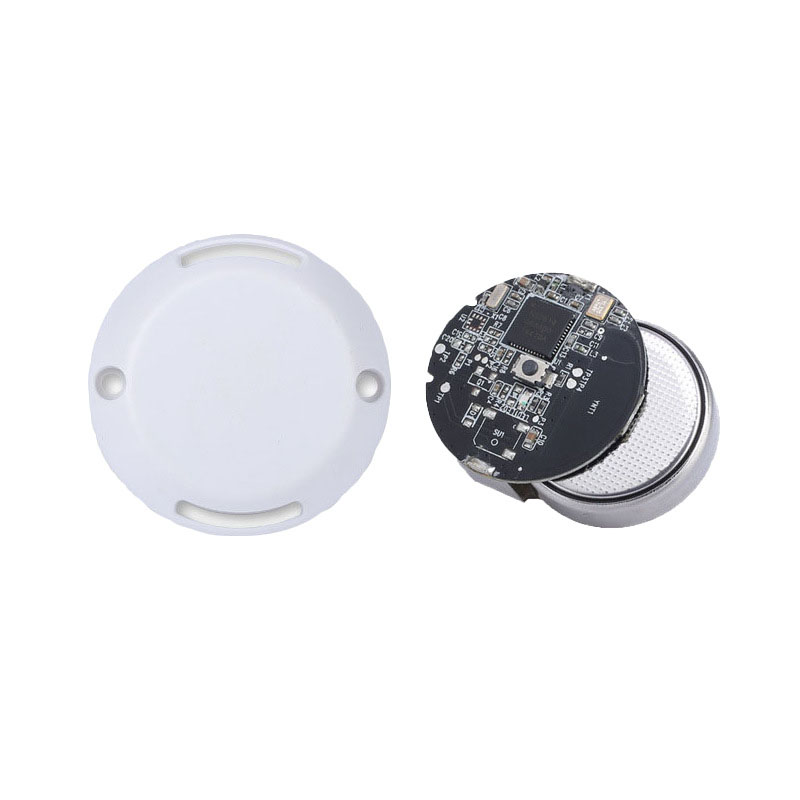
In the intricate world of IoT, Reply Bluetooth Beacons stand as silent sentinels, quietly working their magic to enhance our connectivity. But what lies beneath their unassuming exterior? Let’s embark on a hardware teardown journey to uncover the inner workings of these beacons of modern technology.
The Exoskeleton: Enclosure and Aesthetics
The adventure begins with the physical enclosure of the Reply Bluetooth Beacon, a compact housing designed to protect the delicate components within from the elements. Made from robust materials, the enclosure is not just a shield; it’s a testament to the blend of form and function.
The Lifeblood: Power Supply
Prying open the casing reveals the power source, the lifeblood of the beacon. Typically, a small battery or an external power source fuels the device, providing the juice needed for the beacon to operate. The power management circuitry ensures efficient energy use, contributing to the device’s longevity.
The Brains: Microcontroller Unit (MCU)
At the heart of the beacon, we find the MCU, the brain of the operation. This tiny yet powerful component is responsible for processing the beacon’s core functions, from signal broadcasting to data handling. The MCU’s capabilities determine the beacon’s performance and reliability.
The Voice: Antenna and Transmission
The MCU is connected to the antenna, the beacon’s voice to the outside world. Whether it’s a PCB trace antenna integrated into the circuit board or a discrete antenna, its role is to transmit and receive signals effectively. The quality and placement of the antenna greatly affect the range and strength of the beacon’s signal.
The Memory: Storage Components
Surrounding the MCU, we find the memory components—FLASH memory for storing the beacon’s firmware and RAM for temporary data storage. These components are crucial for the beacon’s operation, allowing it to remember its settings and process data efficiently.
The Senses: Sensors and Additional Features
Some Reply Bluetooth Beacons come equipped with additional sensors, expanding their capabilities. For example, a temperature sensor could monitor the environment, while a motion sensor could detect the presence of people or objects.
The Nerves: Connectivity and Interfaces
The circuit board reveals a network of traces, the nerves that connect all components, allowing them to communicate seamlessly. These pathways include interfaces for various peripherals, such as UART for debugging and software updates, and GPIOs for connecting external devices.
The Respiratory System: Airflow and Heat Dissipation
Proper airflow and heat dissipation are vital for the beacon’s health. The hardware design ensures that heat generated by the components is effectively managed, preventing overheating and maintaining optimal performance.
The Future of Hardware: Innovation in Reply Bluetooth Beacons
As technology progresses, we can expect to see innovations in the hardware of Reply Bluetooth Beacons. This may include more energy-efficient components, smaller form factors, and advanced sensors that further expand the capabilities of these devices.
Conclusion
A hardware teardown of Reply Bluetooth Beacons reveals the sophisticated and compact systems at work. From the power supply to the MCU, from the memory to the antenna, each component plays a critical role in the beacon’s functionality. As we continue to push the boundaries of IoT, the hardware within these beacons will become even more refined, offering greater capabilities and smarter interactions.


